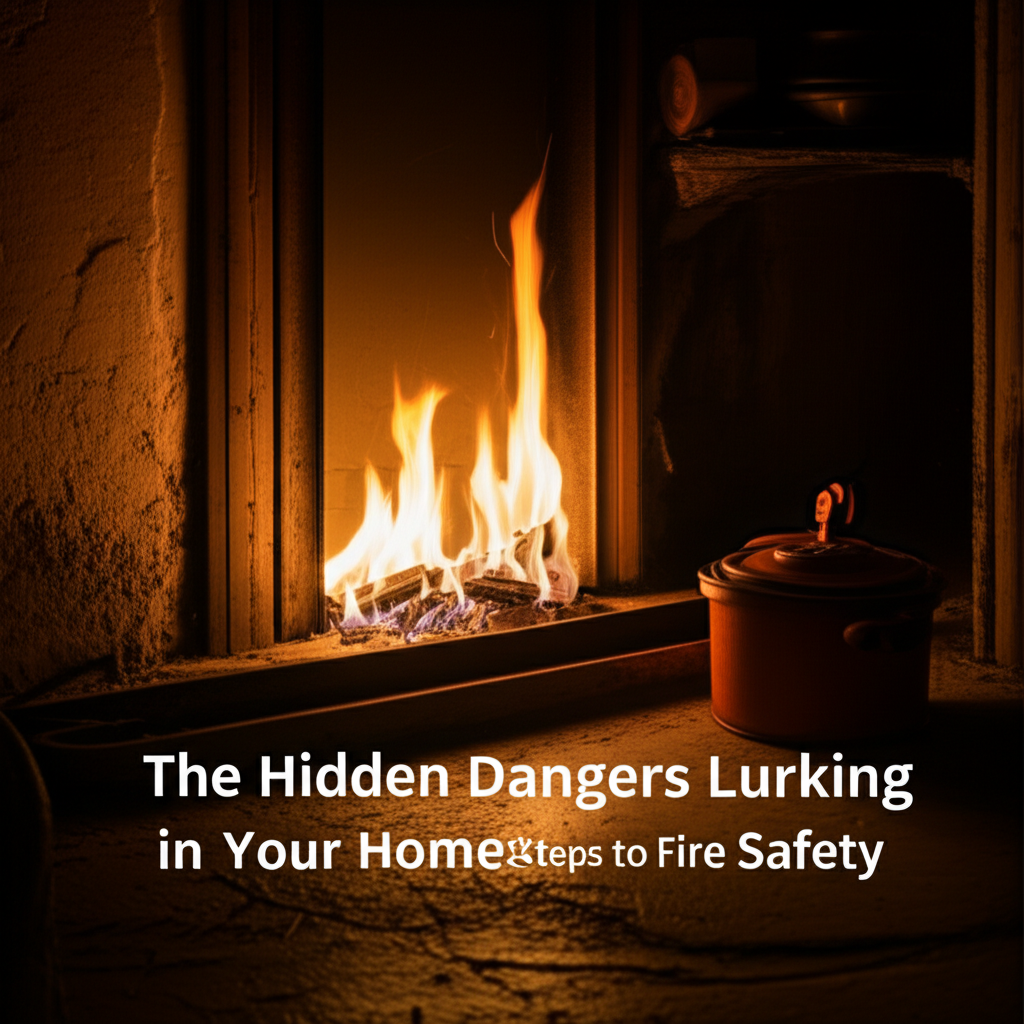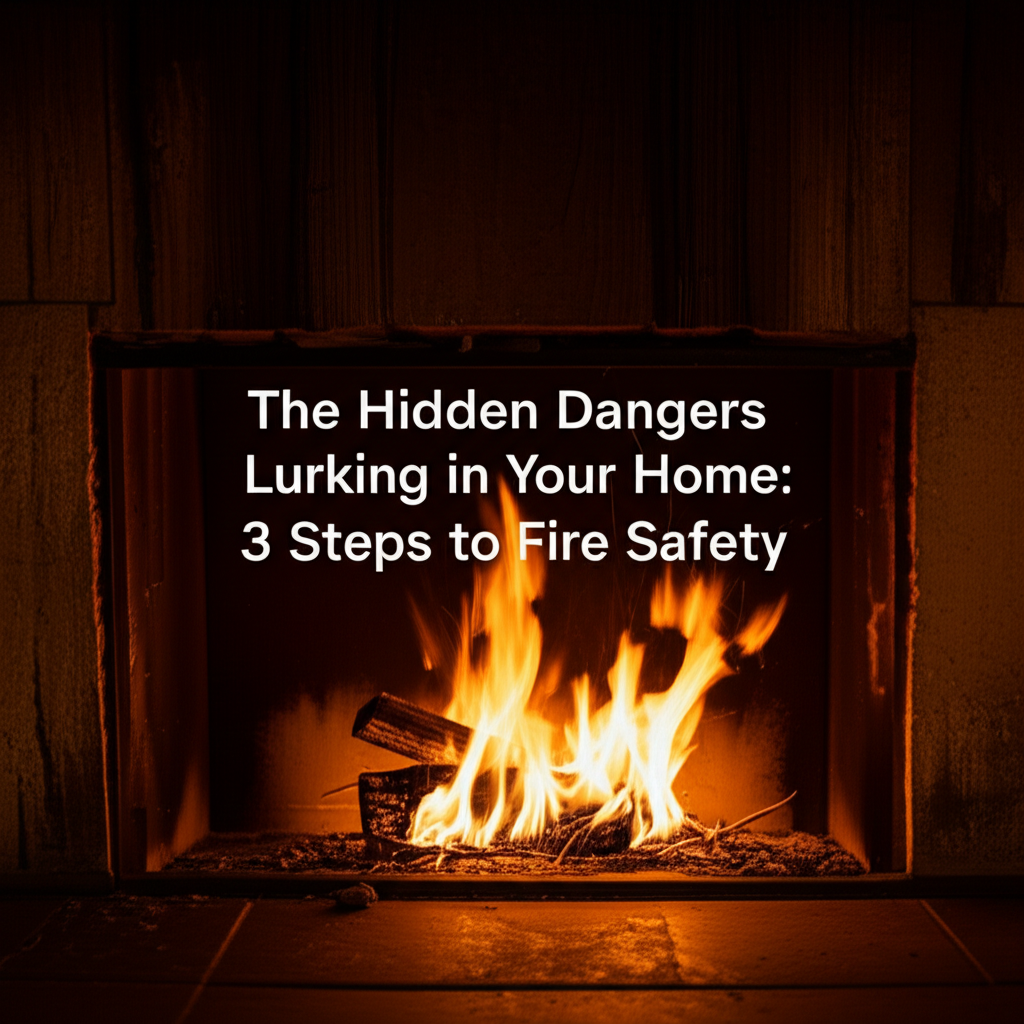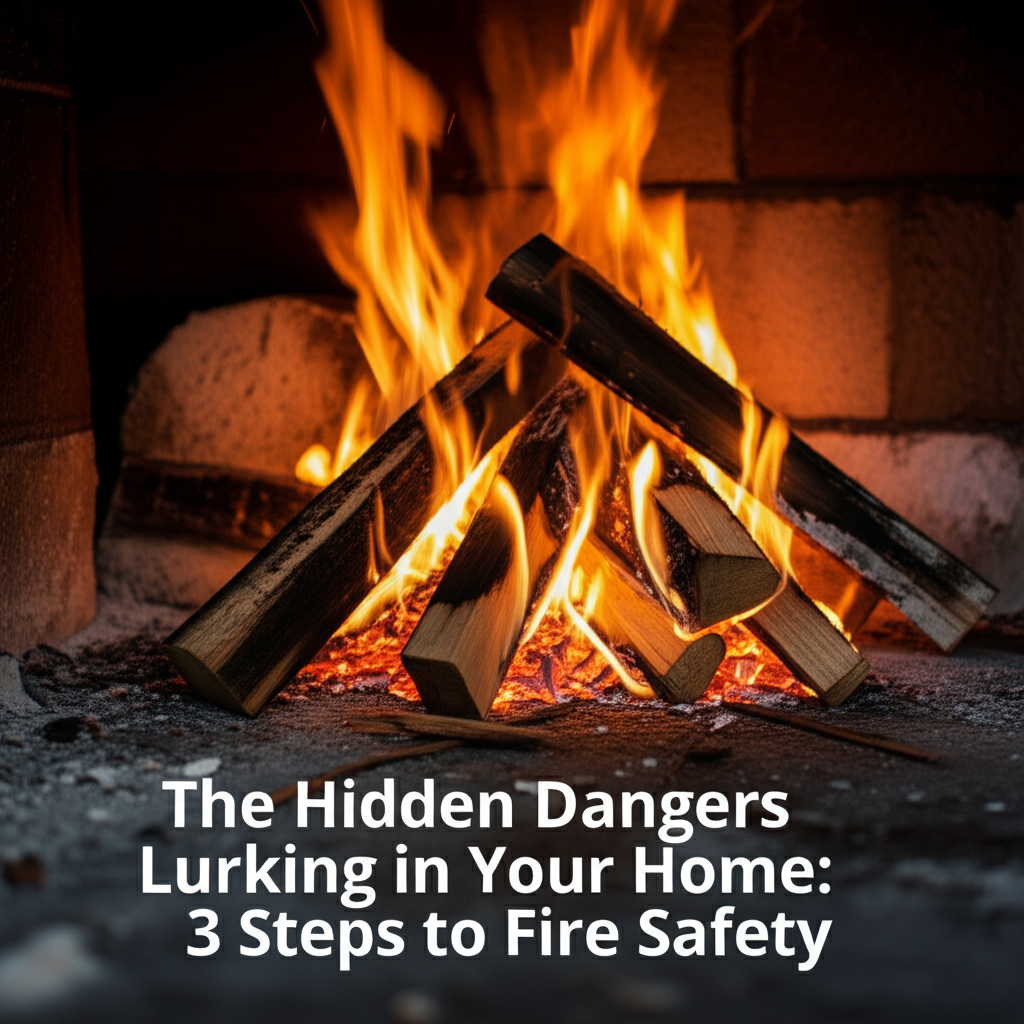Your Home on Fire: What You Can Do to Prevent It Happens

The Hidden Dangers Lurking in Your Home: 3 Steps to Fire Safety
As we go about our daily lives, it’s easy to overlook the importance of fire safety in our homes. But the truth is, house fires are a significant threat to our loved ones and property. In fact, according to the National Fire Protection Association (NFPA), there were over 1.3 million reported home fires in the United States alone last year, resulting in an estimated 3,420 civilian deaths and 10,500 civilian injuries.
The good news is that fire safety can be taken seriously with a few simple steps. Here are three essential measures you can take to prevent fires from occurring in your home.
1. Install Fire and Smoke Alarms
Working smoke and fire alarms are the most effective preventive measure against home fires that result in fatalities. In fact, according to the NFPA, working smoke alarms reduce the risk of home fire death by 50%. It’s crucial to install smoke detectors on every level of your home, inside and outside sleeping areas, and in each bedroom.
But it’s not just about installing alarms – it’s also about making sure they’re connected to each other. This way, if one alarm goes off, all the others will sound as well, ensuring everyone in the household is alerted to the danger. And don’t forget to test your smoke detectors monthly and replace the batteries at least once a year.
2. Keep Flammables Away from Ignition Sources
Another critical step in preventing fires is keeping flammable materials away from ignition sources. This means being mindful of where you store items like paper, cloth, cleaning solutions, oils, wood stacks, and other combustible substances. These items can easily ignite and spread quickly, causing devastating damage.
For example, did you know that cooking grease/oil can reach temperatures of up to 500°F (260°C), making it a perfect fire starter? That’s why it’s essential to let cooking grease/oil fully cool before disposal and pour it into a metal container. Similarly, keep flammable liquids like gasoline or paint thinner away from heat sources and ignition sources.
3. Unplug Appliances When Not in Use
Electric faults are the leading cause of domestic fires, with around 67,000 house fires occurring every year due to faulty electrical wiring or broken appliances. This is why it’s crucial to unplug small kitchen and personal use electronics every time you’re done using them for the day.
In fact, did you know that unplugging your appliances can reduce the risk of fire by up to 40%? By taking this simple step, you can significantly reduce the risk of electrical fires in your home. And don’t forget to inspect your electrical wiring regularly and replace old surge protectors with heavy-duty models.
Additional Fire Safety Tips
While these three steps are essential, there are many other ways to prevent fires in your home. Here are some additional tips:
* Clean your chimney and fireplace by a professional once a year
* Use fire-resistant materials in constructing, renovating, or furnishing your home

* Remove loose outdoor material and dried leaves off the outside fronts of your home
* Keep portable space heaters 3+ feet from anything flammable and turn it off when unattended
What to Do If a Fire Breaks Out
If a fire does break out in your house despite preventative efforts, knowing how to suppress it quickly can stop severe damage from occurring. Here are three basic methods for extinguishing small, newly started fires at home:
* Cooling: Pouring water or using an ABC extinguisher rapidly cools burning material to below its ignition point.
* Starvation: Closing doors and windows around a contained fire cuts off its oxygen supply and causes it to suffocate/starve.
* Smothering: Throwing a tight-fitting wet blanket over a small flaming pan on the stove or using a fire extinguisher blast to cover embers.
Can Security Cameras Help Prevent Fires?
Yes, security cameras like Reolink cameras can absolutely assist with fire prevention and detection around your home. Features like real-time remote monitoring, recording capability, two-way talk, bright spotlight integration, and expandable system up to 8 cameras make them an excellent addition to your home’s fire safety arsenal.
Fire Safety FAQs
* What are 3 ways to prevent fires in the home? The top 3 ways to prevent home fires are installing comprehensive smoke/fire alarms, keeping ignition sources like stoves and heaters away from flammable materials, and unplugging small appliances after use to avoid electrical defects sparking fires.
* What are 5 rules for preventing fire? 5 key rules for preventing fires are: keep flammable materials away from heat, never leave cooking or candles unattended, inspect electrical wiring regularly, store flammable liquids safely, and maintain smoke alarms and fire extinguishers.
* What 3 things would you save in a fire? The top 3 things most people try to save in a house fire are people/pets, medication/eyeglasses, and identification/vital documents. However, fire officials emphasize that your top priority should always be safely evacuating people (including yourself).
Conclusion
Fire prevention truly makes all the difference when it comes to surviving house fires with minimal loss. By following these three core recommendations – installing comprehensive smoke/fire alarms, keeping flammables away from ignition sources, and unplugging electrical appliances when not in use – you can significantly reduce the risk of fire in your home.
And don’t forget to leverage smart security cameras as an extra layer of monitoring and early detection against preventable disasters. With these simple steps, you can protect your home and family from the dangers of flames and enjoy peace of mind knowing that you’re taking proactive measures to ensure their safety.

